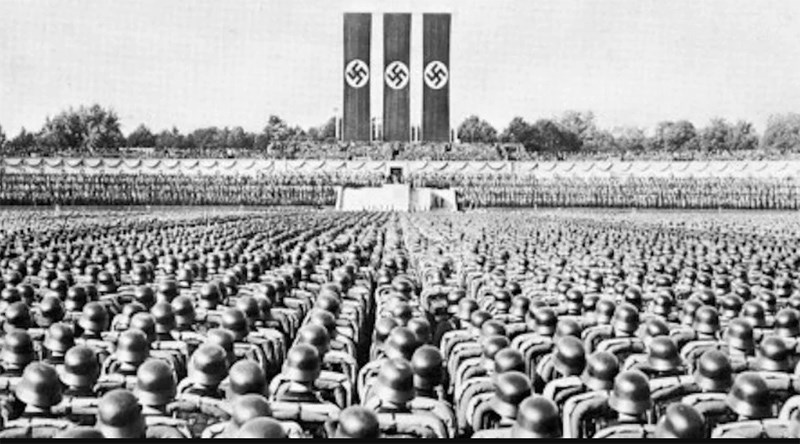Most would agree that evil exists, yet very few of us understand it. We find it convenient to blame all the problems of the world on terrible but powerful individuals, or on one misguided group. In truth, there are good and bad people in every group, and there is even good and bad in each one of us.
In his classic book, The Art of War, the ancient Chinese philosopher Sun Tzu said, “If you know your enemy and know yourself, you need not fear the result of a hundred battles.” He also points out that, “The supreme art of war is to subdue the enemy without fighting.”
Genocide is the greatest evil the world has ever known. In recent years, we have come to recognize that it follows a pattern and is predictable. While it is almost impossible to stop once it reaches the state of mass-murder without significant military intervention, it is relatively easy to defeat genocide in its earlier stages – if we can see it for what it is.
Renowned Genocide expert Dr. Gregory Stanton has noted that this ultimate crime against humanity evolves in 10 stages, the ninth being extermination and the tenth being denial. Stages one through four can be very subtle, but if we learn to recognize and deal with them effectively, we can create a just world where crimes against humanity will not happen. This requires, however, that we uncompromisingly embrace our common humanity.
Stage one of genocide is Classification, or creating an atmosphere of “us” versus “them”. In order to overcome this, we learn to celebrate our shared love of sport, of music, or the love we all feel for our own children. We recognize that the differences which tear us apart are simply arbitrary constructs of our own imaginations.
Stage two is Symbolization, where groups are given names and other symbols. Primarily these are things which identify a person as a member of a particular targeted group. However, symbolization could also involve uniforms which identify one as part of the advantaged group. In order to counter stage two, we eliminate things like stating ethnicity on identification cards, or we refuse to display hate symbols.
Stage three is Discrimination, where one group uses laws and political power to deny the rights of a particular group. It is important to remember that genocidal acts are normally legal in the countries where they occur. We therefore need an objective and incorrupt legal system to interpret the application of our laws when they are held up to the light of declarations of human rights.
Stage four is Dehumanization, where one group denies the humanity of another. We see this in hate propaganda in the media. People are described as vermin, enemies of the state, animals, or anything that results in them being seen as “less than.” And dehumanizing language can also be disguised as humour.
Stage five is Organization, stage six is Polarization, stage seven is Preparation and stage eight is Persecution. Once we are to this point, it is difficult to stop genocide without significant mobilization and even international action.
The point is that we all have a role to play in preventing genocide and other violations of human rights well before we reach stage 5. As extreme as it may sound to many, any attitude, word, action or law that draws us away from a celebration of our common humanity on a social or individual level, regardless of the how justified we feel, is a step toward genocide. This means that it is never acceptable to unfairly demean anyone because of the group we associate them with, even white, male, heterosexual Christians, or people who refuse the COVID-19 vaccine.
We need not fear the capacity for evil that resides in each of us, we simply need to understand it and respond with compassion.



